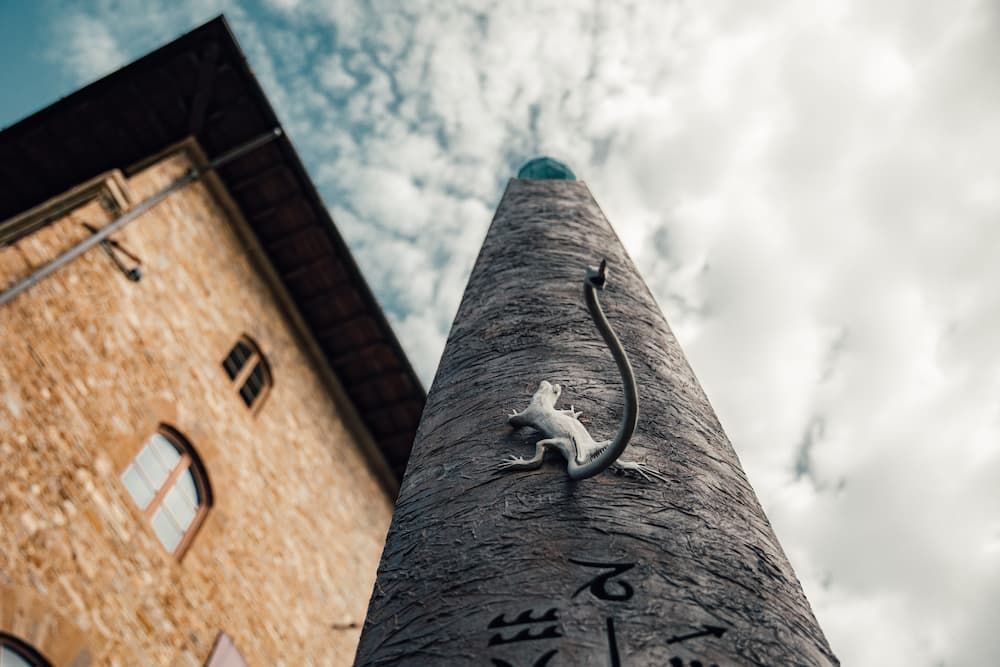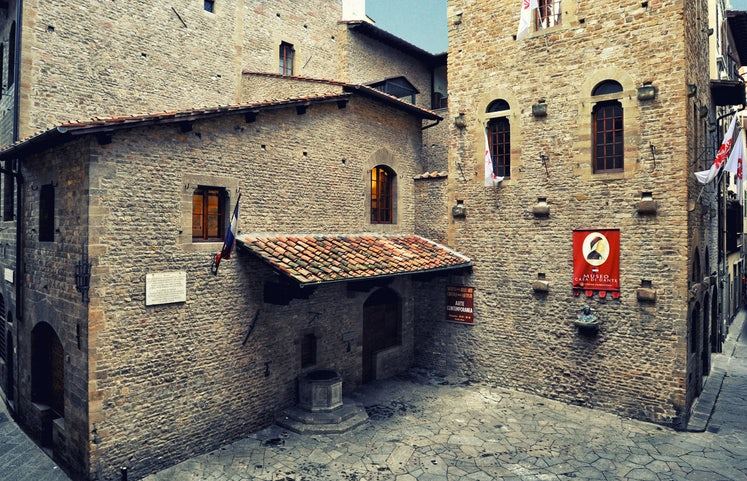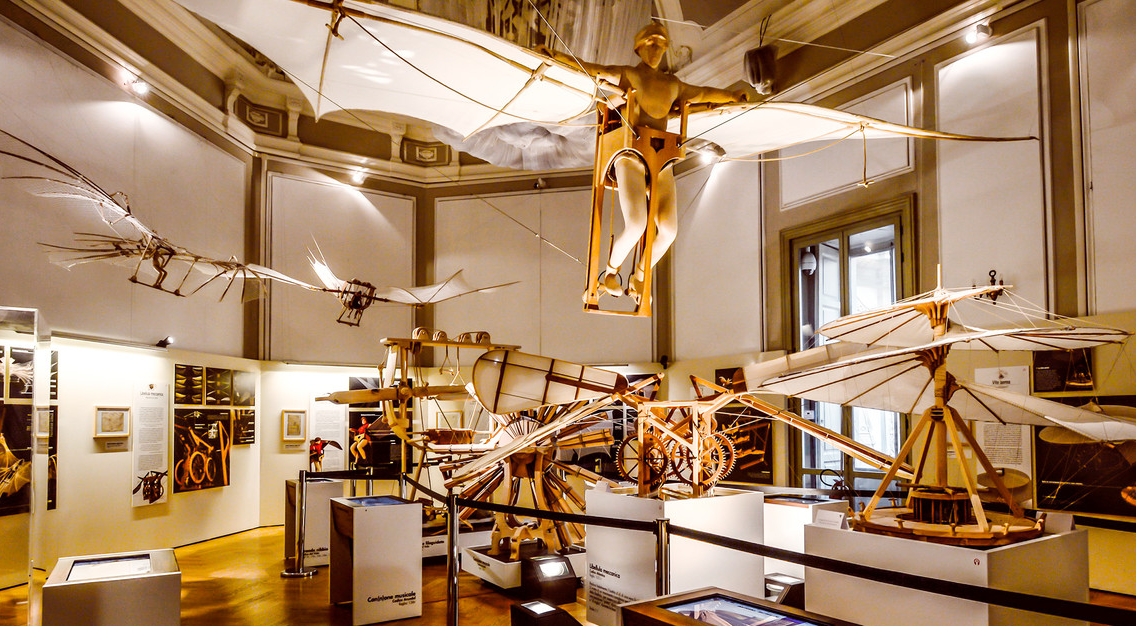The Galileo Museum is a Florentine museum of the history of science, located in the old town near the Ponte Vecchio. Opened in 1929, he immediately received the medieval palace of Castellani (11th century), in which it is located to this day. The collection is based on exhibits from the storerooms of two great Florentine dynasties, Medici and Lorraine. Back in the middle of the 16th century, Cosimo I de Medici began collecting original instruments and curious devices, and in 1657 the first scientific community in Europe (Académie del Cimento) was founded, anticipating the emergence of the Paris Academy of Sciences and the Royal Society of London. The Lorraines expanded their collection until the late 19th century.
What to see
The halls of the museum display medical instruments, telescopes, thermometers, globes, astrolabes, maps, various scientific instruments of the 15-19th centuries, as well as multivolume works of Renaissance scientists in physics and mathematics. On the ground floor, there is the Medici collection, which includes things of Galileo Galilei himself, and a number of valuable and rare artifacts from the 15th and 17th centuries, including the famous armillary sphere.
The museum houses two telescopes and an objective lens with which Galileo discovered Jupiter’s moons.
On the second floor, you can see items from the Lorraine era – experimental apparatus, chemical kits, electromagnetic instruments, microscopes, compasses, early mechanics and other intricate inventions of the great minds of the Renaissance. Most of the exhibits are in working order, each of them is a finished work of art – in those days, medical and scientific devices were made with style: inlaid with precious stones, decorated with delicate carvings and engravings.
The museum also has a library and a laboratory for multimedia applications, which translates scientific and historical research into digital.
Address: Florence, Piazza dei Giudici, 1.



